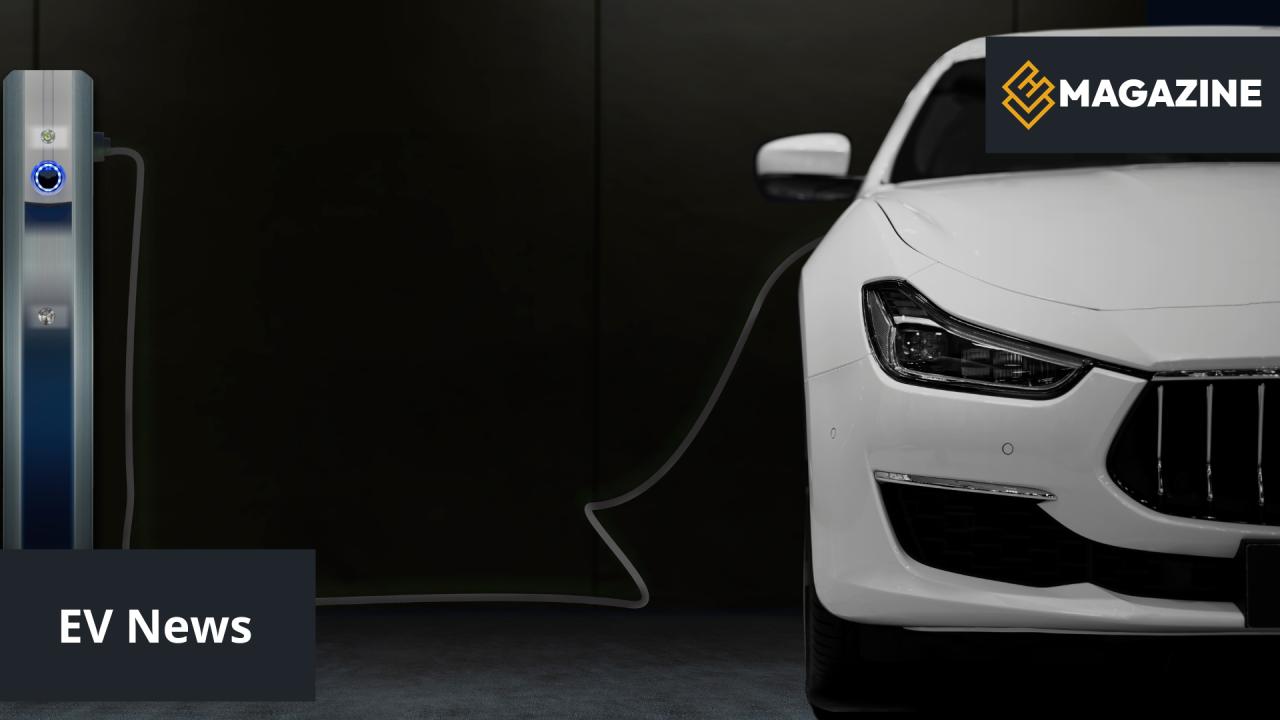Hyundai's IONIQ 6 N transforms the brand's electrified streamliner into a track-focused weapon with functional aerodynamics. The performance sedan features flared fenders, a massive rear wing, and aggressive diffusers that generate significant downforce at high speeds. The 20-inch lightweight wheels wrapped in 275/35 ZR20 Pirelli P Zero tires provide exceptional grip, while the lowered suspension improves cornering stability.
The rear wing isn't merely cosmetic – it's engineered to optimize airflow and increase high-speed stability. Combined with the redesigned front splitter and underbody panels, these elements work in concert to reduce lift while maintaining the base model's exceptional 0.21 drag coefficient. Digital side mirrors further enhance aerodynamic efficiency while improving visibility.
Powertrain & Performance: Electrifying the N Legacy
Borrowing technology from the acclaimed IONIQ 5 N, the 6 N features a dual-motor all-wheel-drive system producing 641 horsepower (475 kW) and 770 Nm of torque. The upgraded 84 kWh battery enables sustained performance delivery without thermal throttling during track sessions. Hyundai's engineers have implemented advanced battery preconditioning to maintain optimal temperature during aggressive driving.
Driving Experience: Beyond Acceleration
Artificial shift programming mimics an 8-speed dual-clutch transmission, complete with simulated engine braking and jolt sensations during gear changes.
Three-stage synthetic audio profiles range from spaceship-like whines to a convincing 2.0-liter turbocharged engine simulation, adjustable via steering wheel controls.
Sophisticated torque vectoring enables controlled oversteer by precisely managing power distribution to individual wheels during dynamic cornering.
Consistently achieves 0-100 km/h in 3.0 seconds with optimal traction management, outperforming European rivals in its price segment.
Technical Evolution: From RN22e to Production
The production IONIQ 6 N directly benefits from Hyundai's RN22e research prototype, which served as a testbed for advanced technologies. The RN22e pioneered the 3-channel cooling system that maintains optimal battery, motor, and power electronics temperatures during track use. Its torque vectoring system and regenerative braking algorithms have been refined for production implementation.
| Technology | RN22e Concept | IONIQ 6 N Production |
|---|---|---|
| Power Output | 430 kW (577 hp) | 475 kW (641 hp) |
| Battery Capacity | 77.4 kWh | 84.0 kWh |
| Torque Vectoring | Experimental e-TVTC | Production-optimized |
| Regenerative Braking | 0.6G maximum | 0.6G with fade resistance |
Market Position & European Strategy
Positioned against premium performance EVs like the Porsche Taycan and BMW i4 M50, the IONIQ 6 N offers comparable performance at an estimated €85,000 price point – approximately 30% less than German competitors with similar outputs. Hyundai specifically targets European driving enthusiasts who value track capability without compromising daily usability.
The N Vision: Hyundai's Performance Future
The IONIQ 6 N represents just one facet of Hyundai's electrified performance strategy. The brand continues developing hydrogen performance vehicles like the N Vision 74 concept – a 670 horsepower hydrogen-electric hybrid with 600km range and 5-minute refueling capability. These prototypes demonstrate Hyundai's commitment to diverse zero-emission performance solutions beyond traditional battery systems.
By choosing the Goodwood Festival of Speed (July 10-13, 2025) for its global debut, Hyundai signals its serious intentions in the performance segment. The event provides direct access to enthusiasts and positions the 6 N alongside established performance icons – a strategic move to build credibility among European performance buyers.

